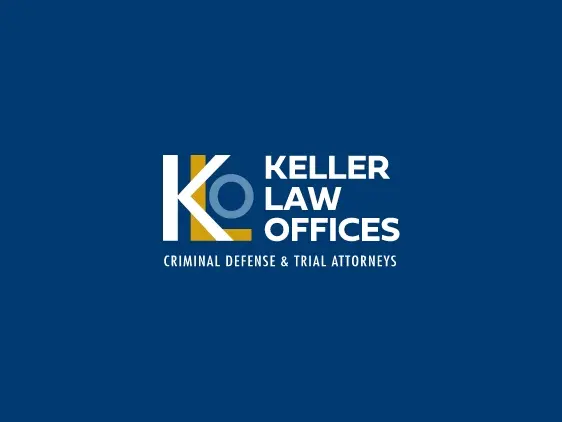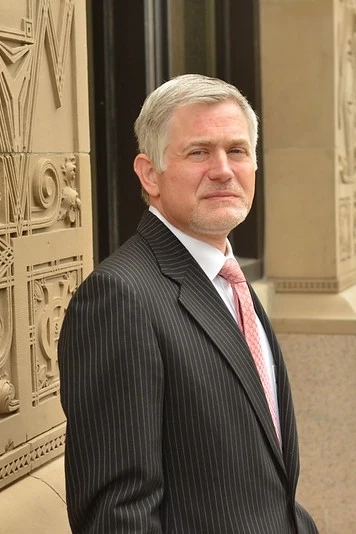The beginning of the last decade and the end of the last decade are marked with different bookends in terms of legal strategy for the Department of Justice. The beginning of the 2000’s was marked with aggressive white-collar criminal cases against firms like Arthur Anderson, Enron and Tyco. By 2008, the Department of Justice had officially taken a much softer approach in policing financial fraud cases.
Federal prosecutors today use a soft approach to federal white collar crimes. One technique used in the soft strategy is deferred prosecutions. Deferred prosecutions allow for solutions other than guilty or not guilty verdicts. Deferred prosecution agreements allow companies to investigate and report their own legal missteps, and the agreements allow the government to delay or discontinue prosecution if companies promise to mend their ways.
The step away from aggressive prosecutorial strategy occurred during 2005 when the Supreme Court overturned a white-collar crime conviction in a case dealing with former accounting giant Arthur Andersen. The Department of Justice officially offered deferred prosecution for such cases in 2008.
Under the reformed legal approach the Department of Justice works with companies earlier in the investigation process and usually ask companies to conduct investigations themselves. The companies under investigation then hire outside law firms to conduct the review and report to the government.
Critics of the change say government and business have gotten too close, and the change allows companies to be let off easily. Others say the change in tactics makes the most out of limited resources available to the government.
Source: The New York Times, “As Wall St. polices itself, prosecutors use softer approach,” Gretchen Morgenson and Louise Story, 7/7/11






